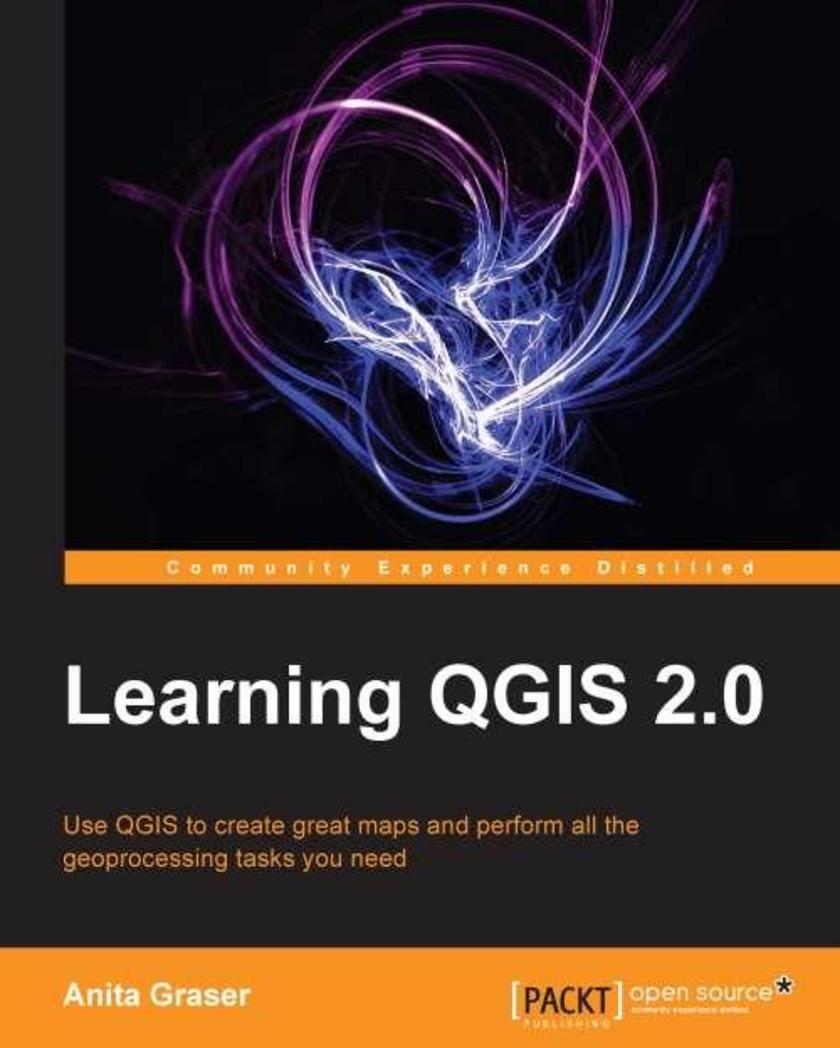
Learning QGIS 2.0
¥45.77
A short book with a lot of hands-on examples to help you learn in a practical way.This book is great for users, developers, and consultants who know the basic functions and processes of a GIS but want to know how to use QGIS to achieve the results they are used to a full-fledged GIS.
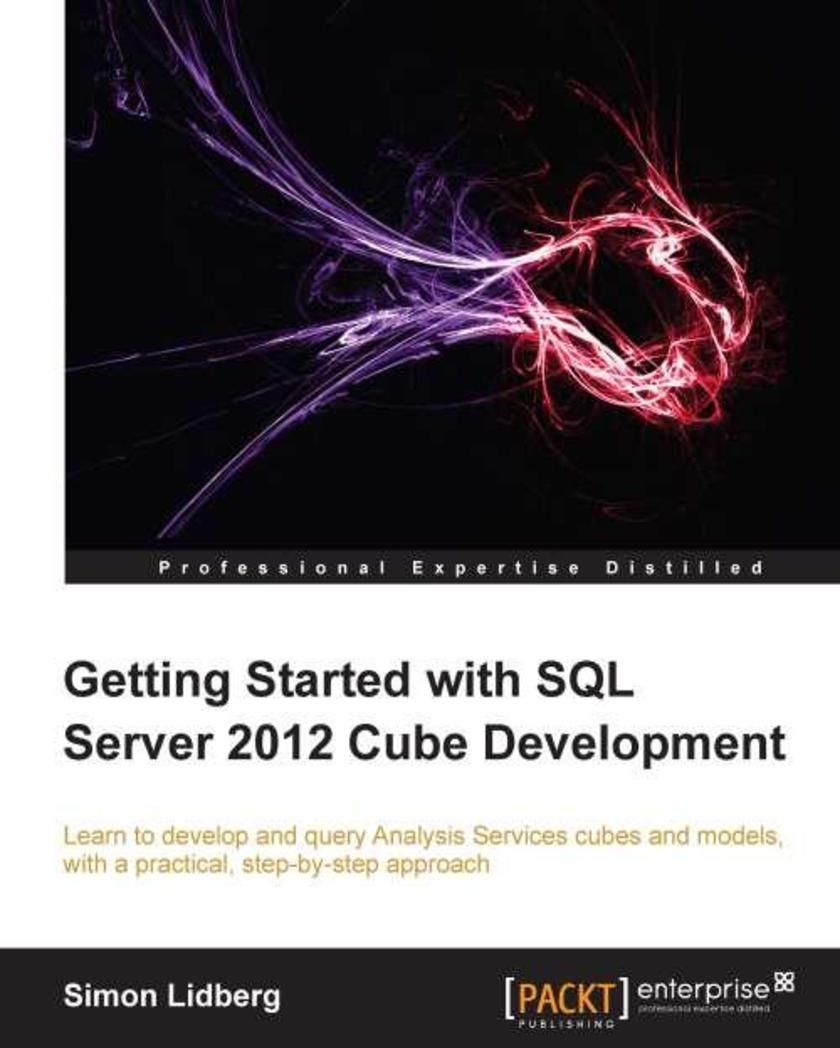
Getting Started with SQL Server 2012 Cube Development
¥90.46
As a practical tutorial for Analysis Services, get started with developing cubes. "Getting Started with SQL Server 2012 Cube Development" walks you through the basics, working with SSAS to build cubes and get them up and running.Written for SQL Server developers who have not previously worked with Analysis Services. It is assumed that you have experience with relational databases, but no prior knowledge of cube development is required. You need SQL Server 2012 in order to follow along with the exercises in this book.
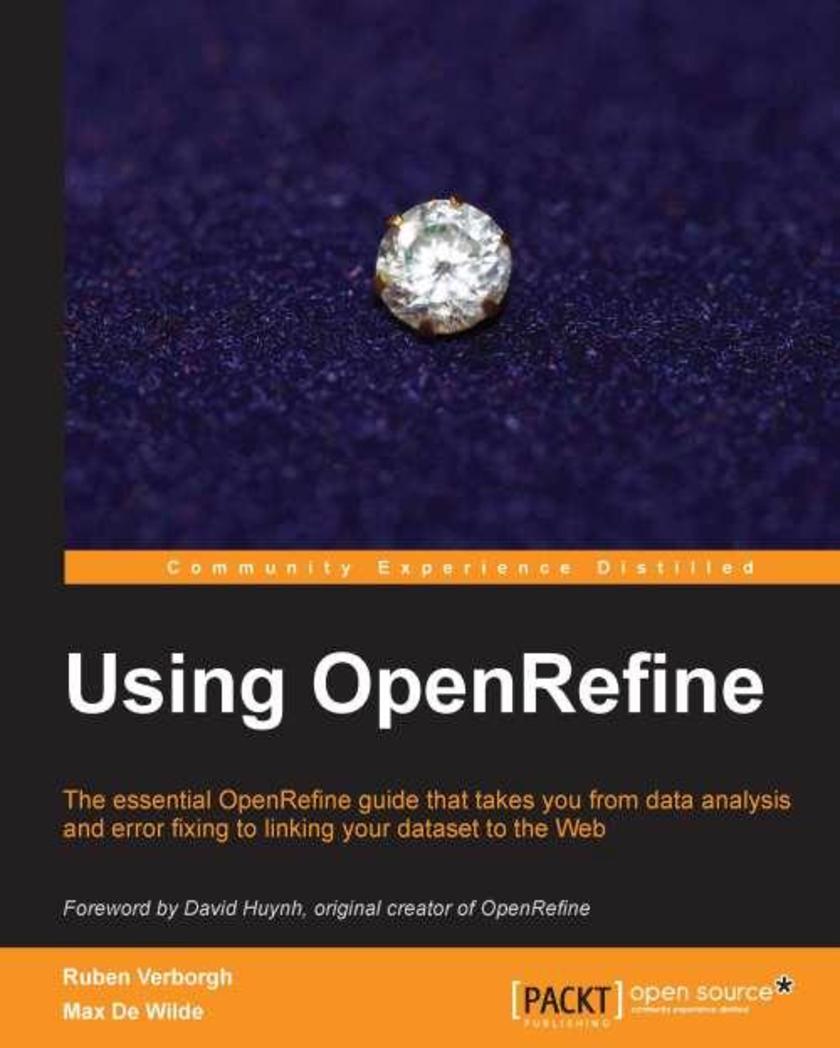
Using OpenRefine
¥63.21
The book is styled on a Cookbook, containing recipes - combined with free datasets - which will turn readers into proficient OpenRefine users in the fastest possible way.This book is targeted at anyone who works on or handles a large amount of data. No prior knowledge of OpenRefine is required, as we start from the very beginning and gradually reveal more advanced features. You don't even need your own dataset, as we provide example data to try out the book's recipes.
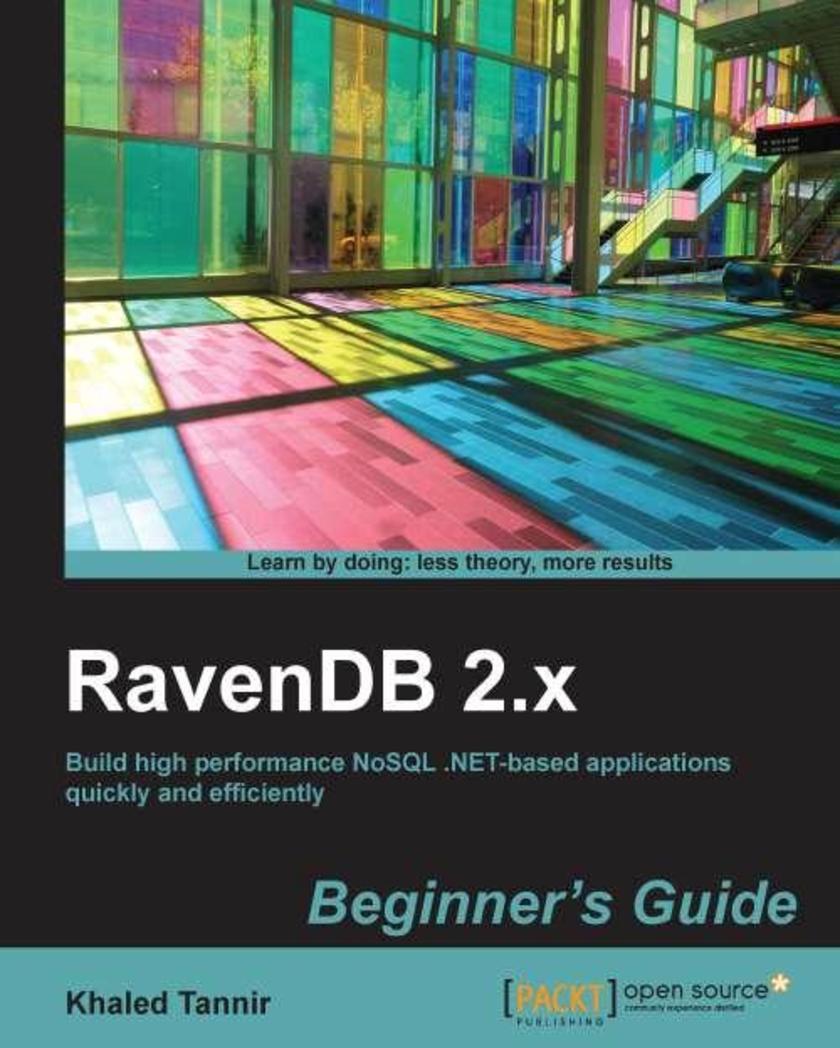
RavenDB 2.x Beginner’s Guide
¥90.46
Written in a friendly, example-driven Beginner’s Guide format, there are plenty of step-by-step instructions and examples that are designed to help you get started with RavenDB. If you are a .NET developer, new to document-oriented databases, and you wish to learn how to build applications using NoSQL databases, then this book is for you. Experience with relational database systems will be helpful, but not necessary.
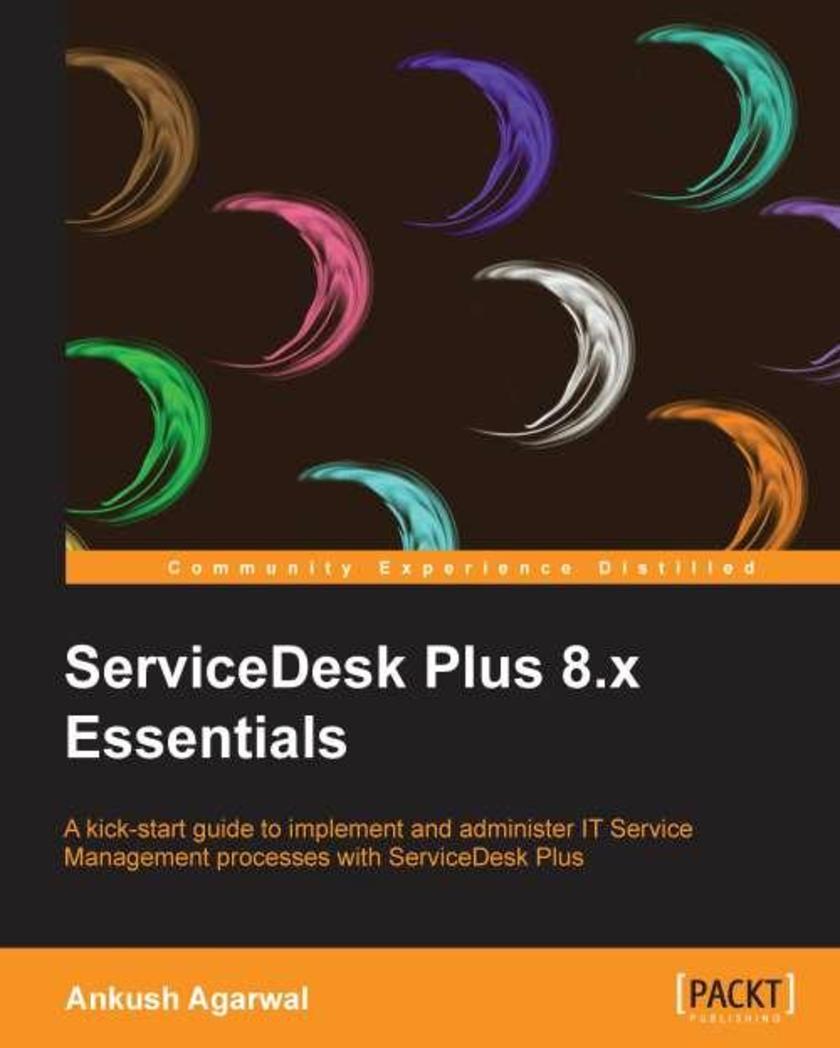
ServiceDesk Plus 8.x Essentials
¥71.93
This is a practical, hands-on guide that assists you in setting up and efficiently managing ITSM.ServiceDesk Plus 8.x Essentials is for IT helpdesk managers, administrators, and staff, serving as a compendium for service management concepts useful for them.

Getting Started with Hazelcast
¥71.93
Written as a step-by-step guide, Getting Started with Hazelcast will teach you all you need to know to make your application data scalable.This book is a great introduction for Java developers, software architects, or developers looking to enable scalable and agile data within their applications. You should have programming knowledge of Java and a general familiarity with concepts like data caching and clustering.

Getting Started with DraftSight
¥59.94
Packed with illustrations and step-by-step guidelines, this book will serve as a guide for DraftSight and get you up and running with it!Getting Started withDraftSightis for anyyone who wants to create accurate 2D drawings in the DWG file format. It is also a great resource for architectural, engineering, or design professionals and students. The reader needs to have basic knowledge of CAD.
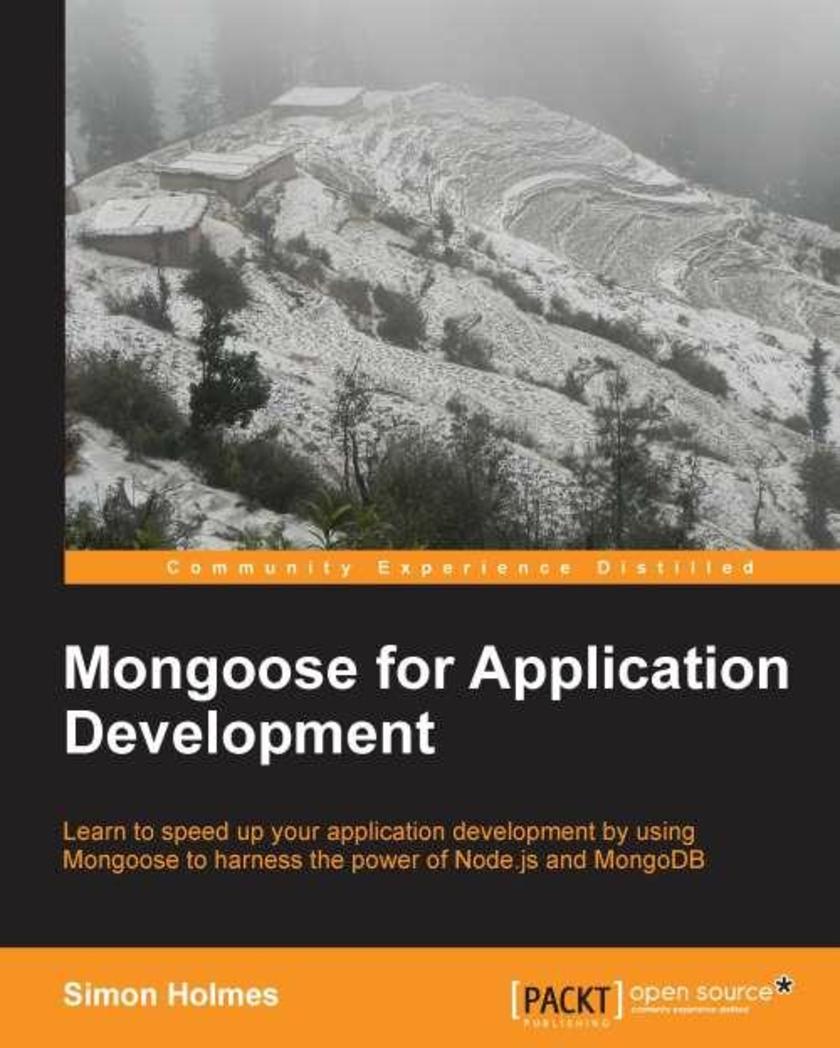
Mongoose for Application Development
¥71.93
This book is a mini tutorial full of code examples and strategies to give you plenty of options when building your own applications with MongoDB.This book is ideal for people who want to develop applications on the Node.js stack quickly and efficiently. Prior knowledge of the stack is not essential as the book briefly covers the installation of the core components and builds all aspects of the example application. The focus of the book is on what Mongoose adds to you applications, so experienced Node.js developers will also benefit.
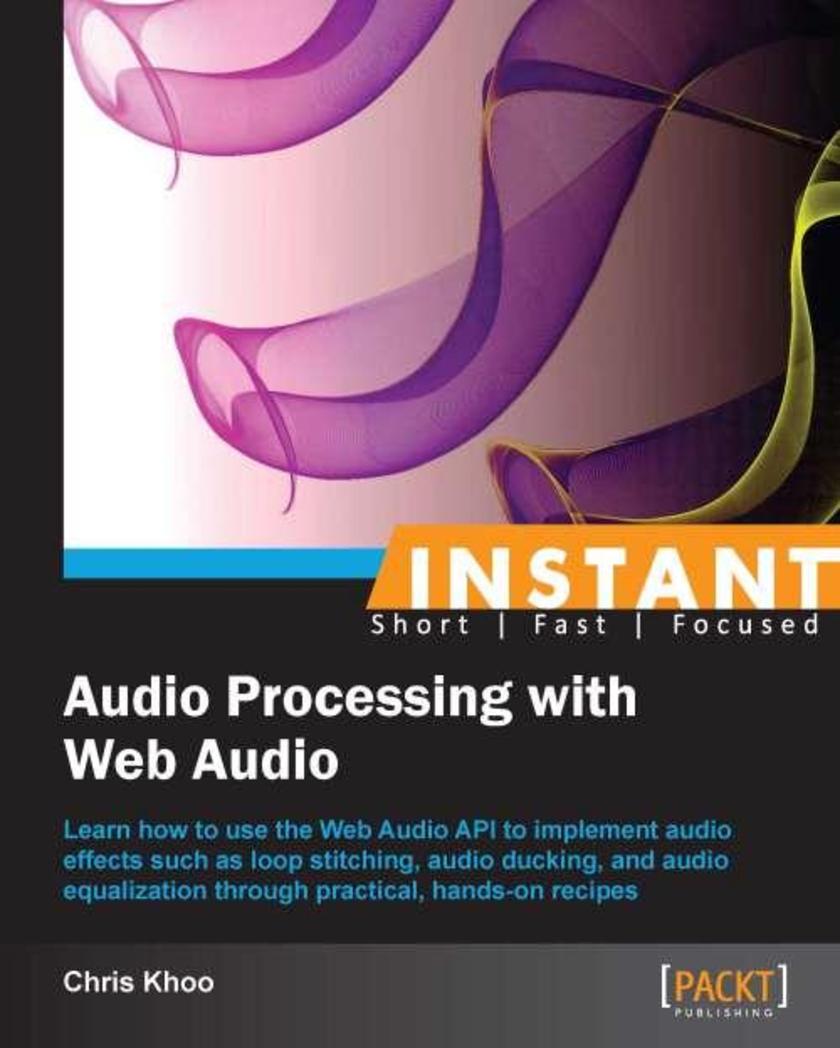
Instant Audio Processing with Web Audio
¥41.41
Filled with practical, step-by-step instructions and clear explanations for the most important and useful tasks. A concise, recipe-based approach to use Web Audio’s automation functionality to produce interesting audio effects such as audio stitching and ducking.This book is designed for developers with some HTML and JavaScript programming experience who are seeking to learn about Web Audio. Experience with AJAX and web server installation/configuration is a plus but is not a necessity in order to follow the content of the book.
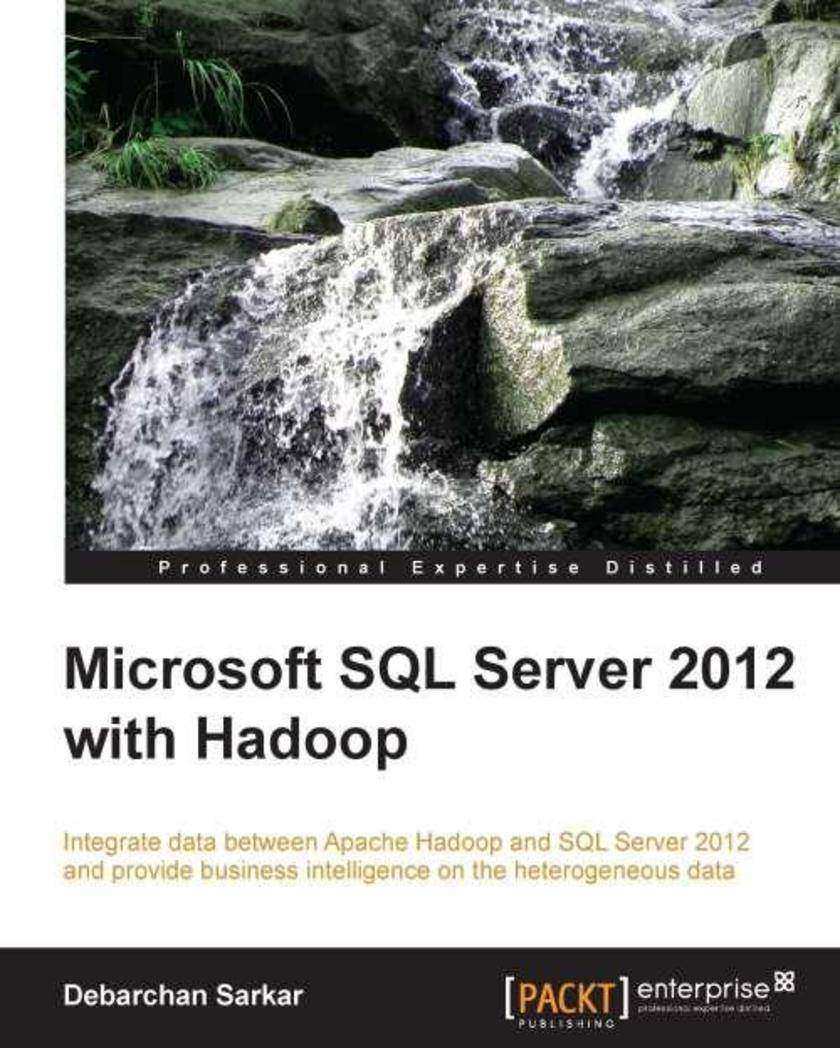
Microsoft SQL Server 2012 with Hadoop
¥71.93
This book will be a step-by-step tutorial, which practically teaches working with big data on SQL Server through sample examples in increasing complexity.Microsoft SQL Server 2012 with Hadoop is specifically targeted at readers who want to cross-pollinate their Hadoop skills with SQL Server 2012 business intelligence and data analytics. A basic understanding of traditional RDBMS technologies and query processing techniques is essential.
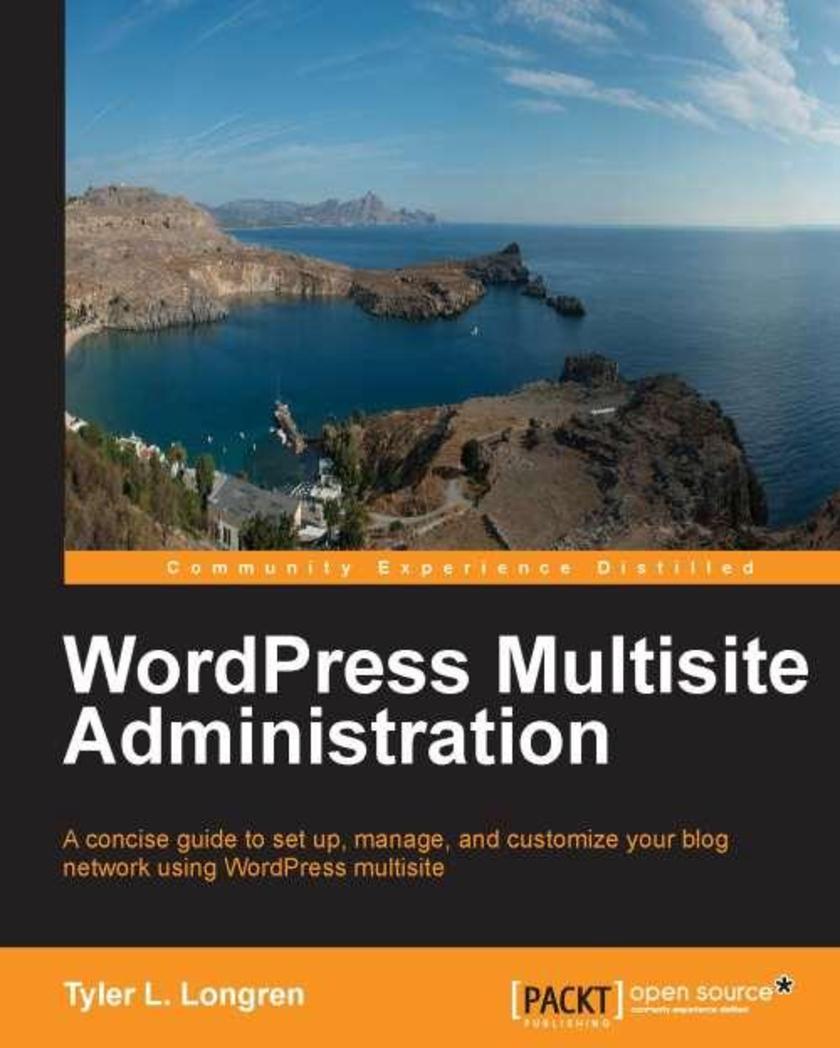
WordPress Multisite Administration
¥59.94
This is a simple, concise guide with a step-by-step approach, packed with screenshots and examples to set up and manage a network blog using WordPress.WordPress Multisite Administration is ideal for anyone wanting to familiarize themselves with WordPress Multisite. You'll need to know the basics about WordPress, and having at least a broad understanding of HTML, CSS, and PHP will help, but isn't required.

IBM Cognos 10 Report Studio Cookbook, Second Edition
¥99.18
This Cookbook contains step-by-step instructions for Report Studio 10.1 users to author effective reports. The book is designed in a way that you can refer to it chapter by chapter, look at the list of recipes and read them in no particular order.The Cognos 10.1 Report Studio Cookbook is for you if you are a Business Intelligence Developer who is working on IBM Cognos 10 Report Studio and wants to author impressive reports by putting to use what this tool has to offer. It is also ideal you are a Business Analyst or Power User who authors his own reports and wants to look beyond the conventional features of IBM Cognos 10 Report Studio.This book assumes that you are familiar with the architecture of IBM Cognos 10. You should also have basic knowledge of IBM Cognos Report Studio and can do the basic report authoring tasks.
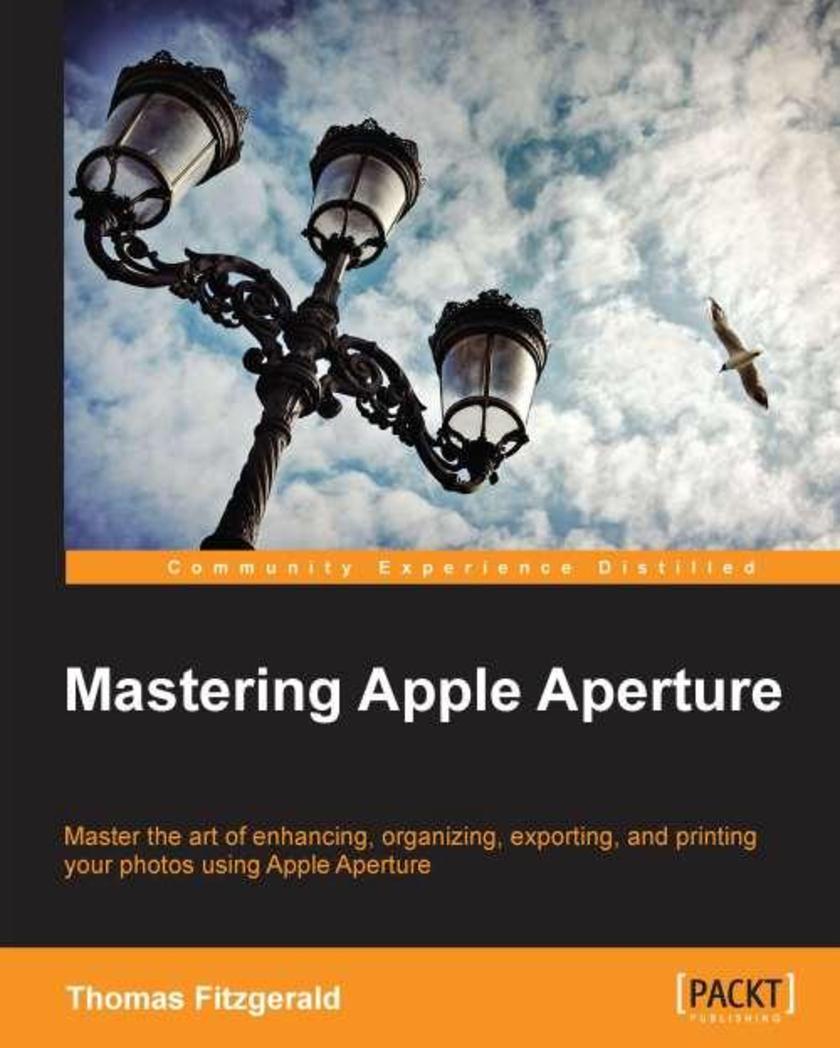
Mastering Apple Aperture
¥90.46
Written in a conversational style, the author will share his knowledge on advanced Aperture topics with detailed discussions of advanced topics, the theory behind some of those topics and lots of hints and tips for ways to improve your workflow.Photographer’s who have a basic understanding of Aperture
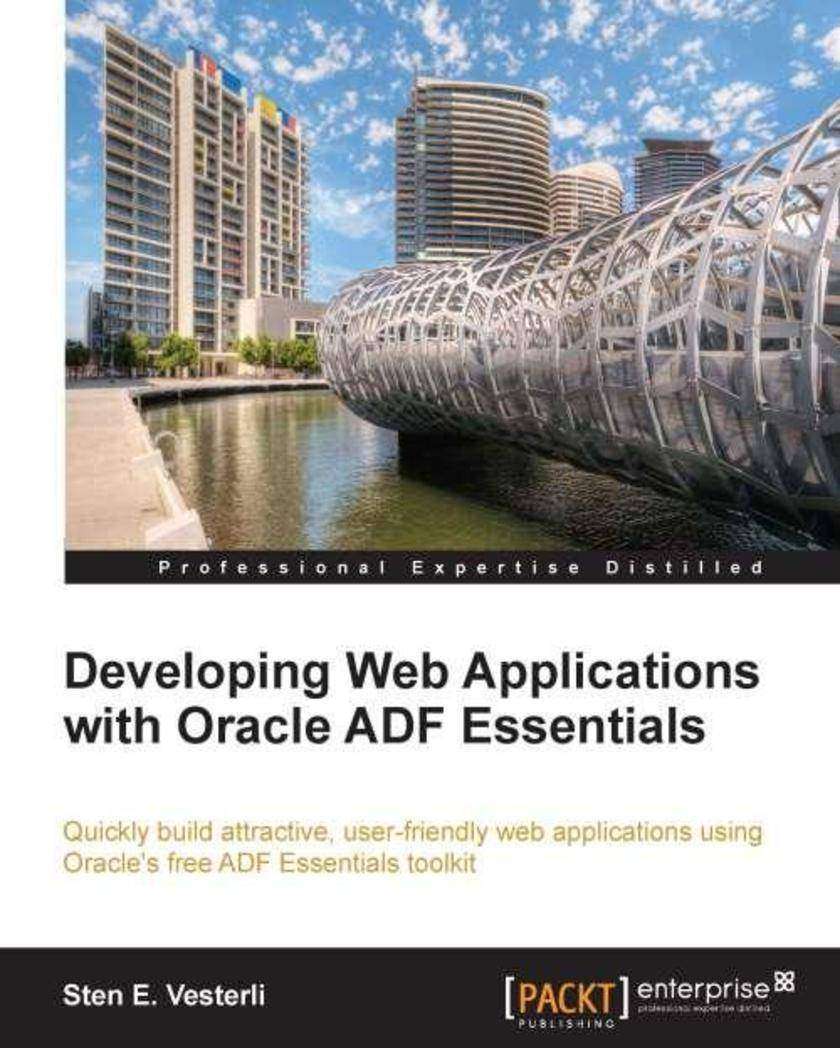
Developing Web Applications with,Oracle ADF Essentials
¥90.46
Developing Web Applications with Oracle ADF Essentials covers the basics of Oracle ADF and then works through more complex topics such as debugging and logging features and JAAS Security in JDeveloper as the reader gains more skills. This book will follow a tutorial approach, using a practical example, with the content and tasks getting harder throughout."Developing Web Applications with Oracle ADF Essentials" is for you if you want to build modern, user-friendly web applications for all kinds of data gathering, analysis, and presentations. You do not need to know any advanced HTML or JavaScript programming. Business logic can be implemented by adding Java code at well-defined hook points, so you do not need do know advanced object-oriented programming—regular Java programming skills are enough.
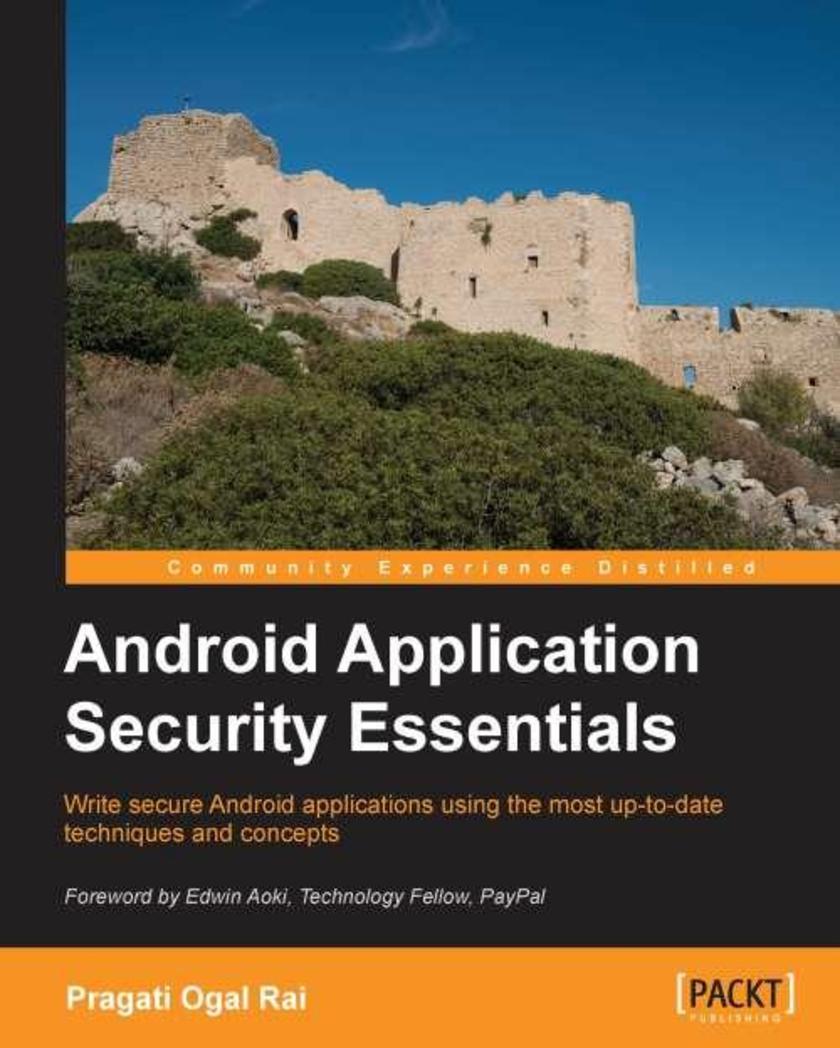
Android Application Security Essentials
¥80.65
Android Application Security Essentials is packed with examples, screenshots, illustrations, and real world use cases to secure your apps the right way.If you are looking for guidance and detailed instructions on how to secure app data, then this book is for you. Developers, architects, managers, and technologists who wish to enhance their knowledge of Android security will find this book interesting. Some prior knowledge of development on the Android stack is desirable but not required.
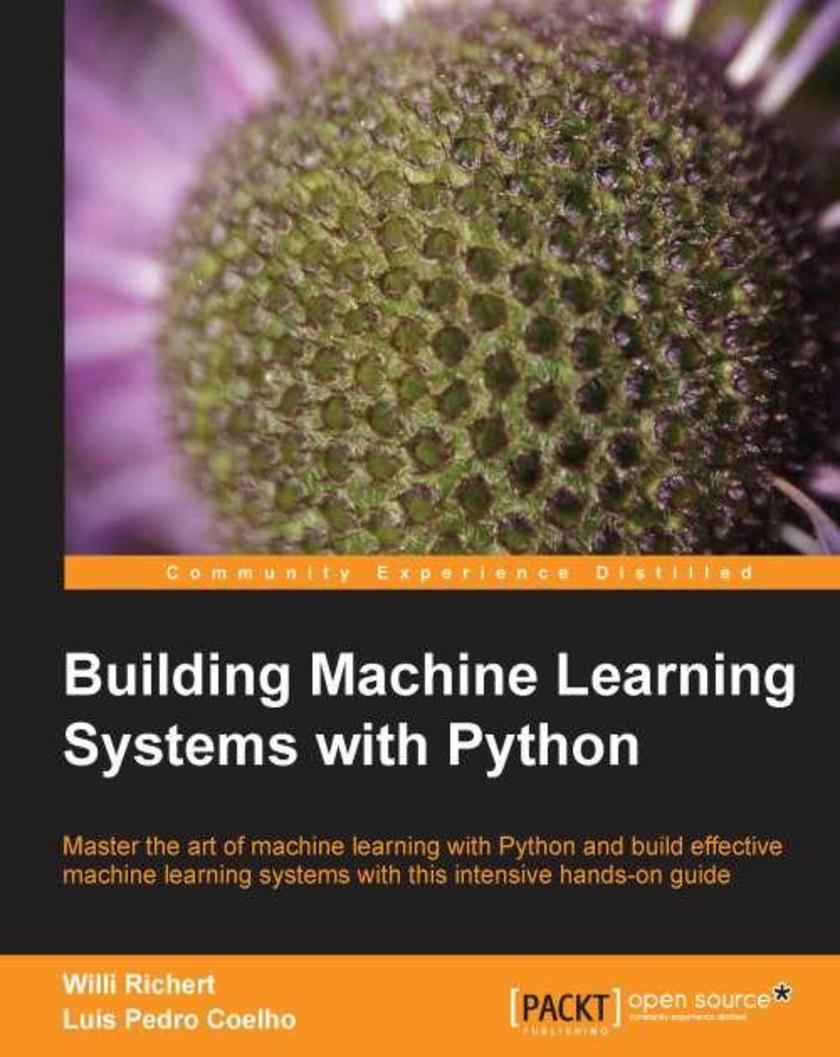
Building Machine Learning Systems with Python
¥90.46
This is a tutorial-driven and practical, but well-grounded book showcasing good Machine Learning practices. There will be an emphasis on using existing technologies instead of showing how to write your own implementations of algorithms. This book is a scenario-based, example-driven tutorial. By the end of the book you will have learnt critical aspects of Machine Learning Python projects and experienced the power of ML-based systems by actually working on them.This book primarily targets Python developers who want to learn about and build Machine Learning into their projects, or who want to provide Machine Learning support to their existing projects, and see them get implemented effectively .Computer science researchers, data scientists, Artificial Intelligence programmers, and statistical programmers would equally gain from this book and would learn about effective implementation through lots of the practical examples discussed.Readers need no prior experience with Machine Learning or statistical processing. Python development experience is assumed.

Vaadin 7 UI Design By Example: Beginner’s Guide
¥90.46
This book is a hands-on Beginner’s Guide for developers who are new to Vaadin and/or Vaadin UI components. The book will teach readers through examples to use each of the exciting components to build and add various aspects of the user interface to their web apps.If you have experience with the Java language and want to create web applications that look good without having to deal with HTML, XML, and JavaScript, this book is for you. Basic Java programming skills are required, but no web development knowledge is needed at all.
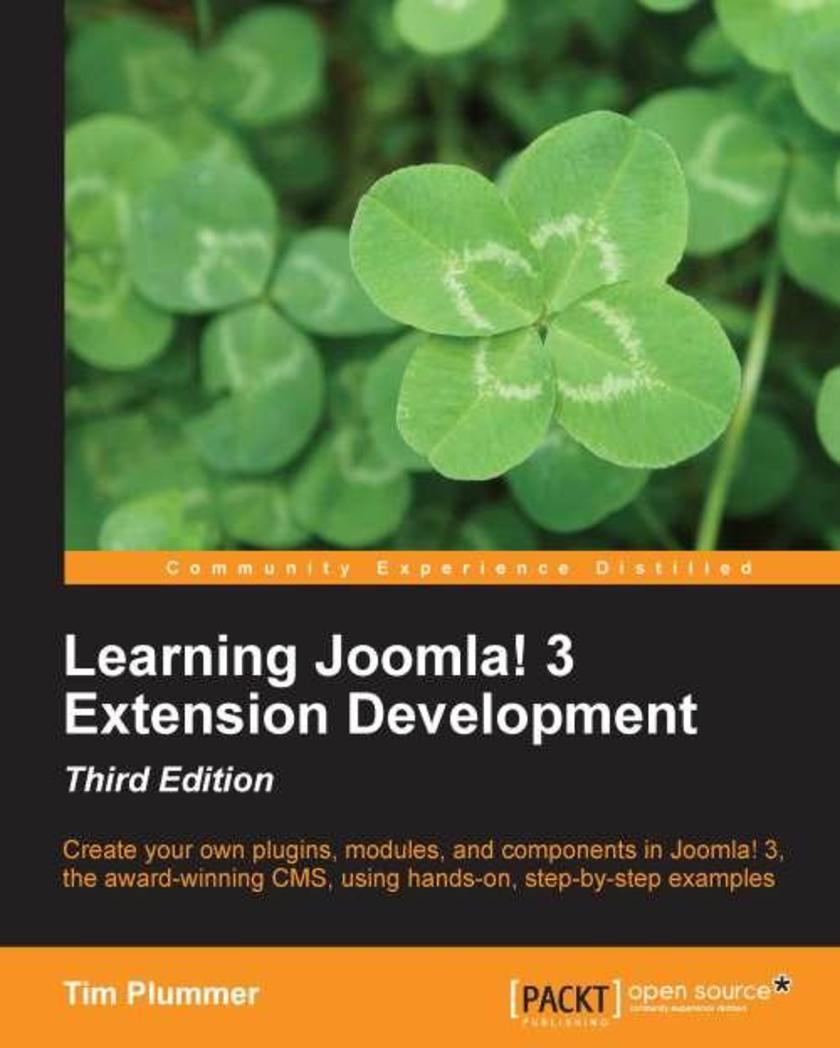
Learning Joomla! 3 Extension Development, Third Edition
¥99.18
A practical guide with step-by-step examples that build on each other so you can learn by doing and get hands-on knowledge about creating your plugins, modules, and components in Joomla."Learning Joomla! 3 Extension Development, Third Edition" is for developers who want to create their own Joomla extensions. It is assumed you will have some basic PHP, HTML, and CSS knowledge, but you don’t need any prior Joomla programming experience. This book will also be useful to people who just want to make minor customizations to existing Joomla extensions and build on the work of others in the open source spirit.

OpenNI Cookbook
¥80.65
This is a Cookbook with plenty of practical recipes enriched with explained code and relevant screenshots to ease your learning curve. If you are a beginner or a professional in NIUI and want to write serious applications or games, then this book is for you. Even OpenNI 1 and OpenNI 1.x programmers who want to move to new versions of OpenNI can use this book as a starting point. This book uses C++ as the primary language but there are some examples in C# and Java too, so you need to have about a basic working knowledge of C or C++ for most cases.

Microsoft BizTalk ESB Toolkit 2.1
¥45.77
A practical guide into the architecture and features that make up the services and components of the ESB Toolkit.This book is for experienced BizTalk developers, administrators, and architects, as well as IT managers and BizTalk business analysts. Knowledge and experience with the Toolkit is not a requirement.
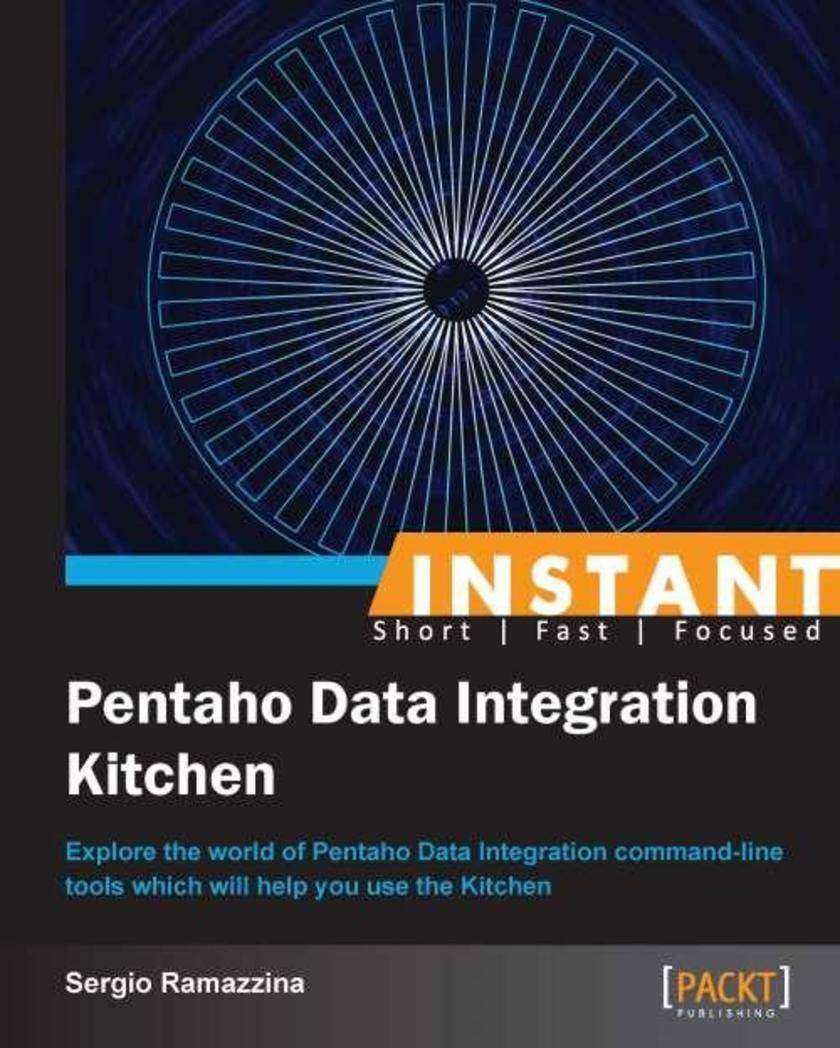
Instant Pentaho Data Integration Kitchen
¥35.96
Filled with practical, step-by-step instructions and clear explanations for the most important and useful tasks. A practical guide with easy-to-follow recipes helping developers to quickly and effectively collect data from disparate sources such as databases, files, and applications, and turn the data into a unified format that is accessible and relevant to end users.Any IT professional working on PDI and is a valid support for either learning how to use the command line tools efficiently or for going deeper on some aspects of the command line tools to help you work better.




 购物车
购物车 个人中心
个人中心



